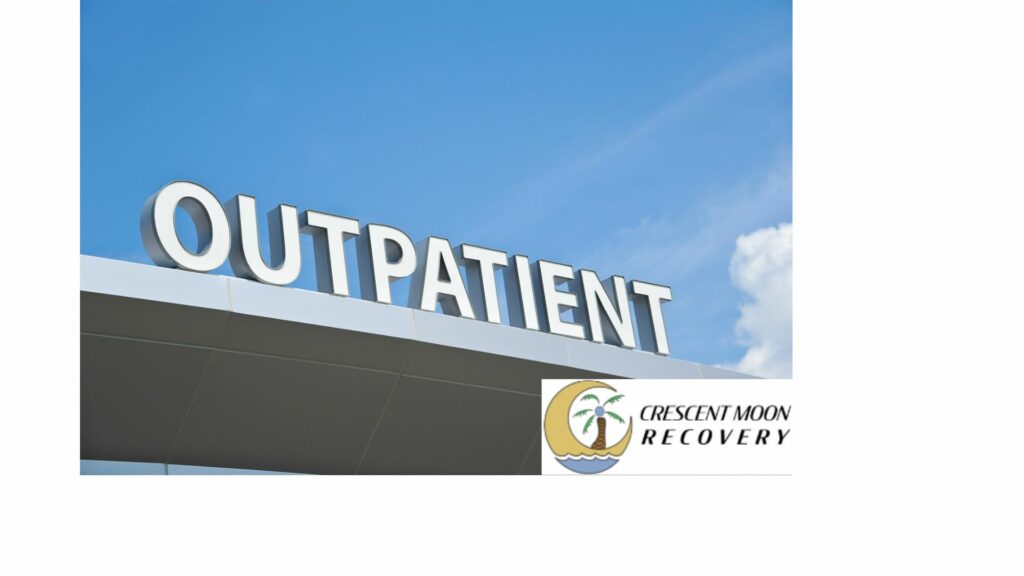
The Substance Abuse & Mental Health Services Administration (SAMHSA) states that alcohol is the most frequently misused and misused substance in America.
However, those who misuse alcohol do not need to be dependent or addicted to it. A person can abuse alcohol but not drink on a regular basis. An individual may drink alcohol once per week, but not enough to be considered a misuser. But, if they drink, they can put themselves in dangerous situations or drink enough alcohol to cause problems.
Addiction refers to a chronic condition that is uncontrolled and continues to use substances, despite the dangers. Alcohol addiction is often diagnosed as an alcohol use disorder (AUD) and can also lead to a dependence on alcohol.
There are many factors that can influence the effects of alcohol on people. These include their age, health, family history, how much they drink, and how often they drink.
Americans misuse and abuse alcohol more than any other substance, as mentioned. In 2020, half of those aged 12 and older (13.8 million) had drank alcohol during the month. This age group also includes 10.2 percent (or 28.3 millions) who had an alcohol-related disorder in the past year.
The 2020 National Survey on Drug Use and Health found that 61.6 million of the 138.5 Million people who used alcohol in the last month were binge drinkers and 17.7 millions were heavy drinkers.
High-intensity drinking is defined as alcohol consumption at levels two to three times the binge drinking threshold based on gender. Individuals who binge drank were 70 times more likely than those who didn’t to go to the emergency room for alcohol-related reasons.
There are many factors that increase the likelihood of someone developing an alcohol use disorder. An individual’s risk of developing an alcohol use disorder (AUD) will be increased by certain long-term habits like binge drinking or heavy drinking. These factors can also increase risk for AUD:
A person’s risk factors will increase their vulnerability to alcohol misuse and addiction. These risks can be reduced by using protective factors. Positive relationships, parental support and community resources can all be protective factors.
A majority of binge-drinking occurs among 18-34 year olds. One in six Americans report binge drinking at least four times per month. Binge drinking can cause many health problems, including alcohol poisoning and alcohol overdose, violence, sexually transmitted disease, cancer, and memory and learning difficulties.
Pregnancy can be dangerous and alcohol is not recommended for use. All forms of alcohol can be dangerous.
Drinking alcohol while pregnant can be dangerous as the alcohol is passed to the baby. This can lead to miscarriage, stillbirth, and many other physical, behavioral and intellectual development problems, such as low body weight, poor coordination and hyperactive behavior, low memory, learning disabilities, poor judgement skills, vision, or hearing impairments, and poor coordination.

Teenagers abuse alcohol because of peer pressure and accessibility to the substance. 16.1% (16.9 million) of those between 12 and 20 in 2020 were past-month alcohol users. These numbers are 9.2 percent (3.4million people) and 1.8% (669,000 people) respectively for underage drinkers who binge and heavy drink.
Teenagers who abuse alcohol can show signs such as low energy, alcohol paraphernalia, coordination problems, mood swings and changing social circles. They may also have behavioral issues/rebelling.
Teens who drink alcohol are at greater risk for a variety of reasons. Teens who drink alcohol may be more sexually active than those who don’t. They also tend to engage in unprotected, open-ended sex more frequently than those who don’t. Teens who drink are more likely to be raped or assault victims. They could also be injured in accidents involving alcohol.
Alcohol misuse can have a negative impact on a teenager’s behavior and brain. Brain development does not stop at a teenager’s age, according to studies. The brain’s development can be negatively affected by alcohol abuse in its formative years. This can lead to learning difficulties and an increase in the likelihood of developing an alcohol dependence disorder.
There are many signs and symptoms of alcohol misuse. The consequences of excessive drinking or binging can be severe. These include nausea, headaches, liver damage and even permanent liver problems. Drinking too much alcohol can lead to serious health problems and even death in the short-term. The following are some of the effects of alcohol:
Chronic alcohol consumption increases the risk of serious personal injury or long-term health problems. Excessive alcohol consumption is associated with a greater risk of:
Breast, throat, liver and esophageal cancers.
Cardiomyopathy is a condition that causes heart problems.
An alcohol abuse disorder can be caused by alcohol misuse. An alcohol use disorder (AUD) is a brain condition that can lead to a chronic, debilitating disease. It is defined as a compulsive drinking pattern, inability or inability to stop drinking, and negative feelings about not drinking. These are signs that could indicate alcohol abuse disorder:
To feel the effects of alcohol, you will need to consume more alcohol.
It is possible to drink too much before driving, which could lead to serious health problems.
When you stop drinking, withdrawal is a common reaction.
Alcohol abuse disorder is often accompanied by another substance use disorder.
People may combine alcohol with prescription or illegal drugs. It is dangerous to combine alcohol and other drugs. It can cause significant damage to the strength and predictability of the substances, which could even lead to death. Mixing alcohol with other substances is especially dangerous because it is a depressant. Overdose can cause severe damage to the brain, heart, and other organs.
There are many options available to individuals who want to stop drinking or suspect that they might have an alcohol abuse disorder. For example, you may want to call a hotline for alcohol addiction (or drug abuse) that is free of charge.
The National Survey on Drug Use and Health (NSDUH) reports that approximately 686,000 people aged 12 and older with an AUD have received treatment for alcohol abuse in a treatment facility (4.6 per cent of those with an AUD, 2018,).
Many people who have been treated for alcohol abuse seek out outside help, such as addiction treatment centers or therapy sessions.
These centers offer treatment for alcohol addiction and misuse. Some centers require that an individual stay for a certain amount of time. Others offer outpatient treatment. Many treatment centers offer both short- and long-term options.
Individuals undergo detoxification during treatment. A series of interventions is used to ensure safety as the body adjusts to a lack in alcohol. A medical detox is essential for anyone who is dependent on alcohol. Withdrawal can lead to delirium, potentially fatal seizures, and other serious symptoms.
Following detox, treatment with medication and behavioral therapy should be done. The treatment centers offer support in the form both individual and group therapy. They also provide educational classes on drug addiction. Patients can discuss the reasons for their excessive alcohol intake and what they can do about it during therapy sessions.
Inpatient care allows patients to receive treatment in a controlled, structured environment. Inpatient treatment includes housing, medical care, therapy, and other services. This is especially useful for people who don’t have effective home support systems, or are suffering from more severe alcohol abuse problems.
Many people also have the option of outpatient treatment. Outpatient treatment centers provide a safe environment for those in recovery to discuss their behavior. Outpatient treatment centers often offer anonymous group meetings such as Alcoholics Anonymous and other programs to assist recovering people. Outpatient treatment is not a controlled environment. It is therefore important for people using outpatient treatment to have strong support systems outside of treatment.

© 2024 Crescent Moon Recovery: Alcohol & Drug Rehab Centers Orange County, LLC. All Rights Reserved.